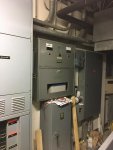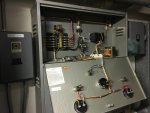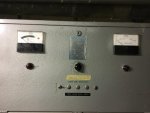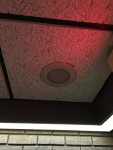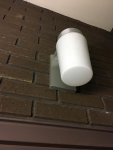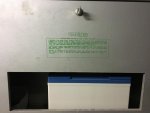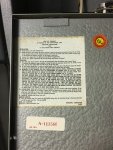Looking for a few suggestions here...
We have a customer that has three (one on each floor) old Dual-Lite 12V Emergency Charging Systems. Specs below.
Dual-Lite Automatic Charger Battery System
Model: 12-NC-625
Charger: 120V AC Input, 1-Phase, 300 Watts
Battery: 1 Cell, 12V
System Rating: 436 Watts for 1.5 hours
These systems feed 12VDC emergency only (normally off) light fixtures. The issue is that these systems require someone to go around to them every 6 months to crank the knob to equalize the charge, and the owner would like upgrade the system so that they no longer have to worry about performing that maintenance.
It seems to me that this could be accomplished by simply replacing the charger in the unit with a modern 12V float charger, but I'm not sure if that would be the proper way to do it. I can't seem to find a product that would work for a direct replacement, as most central battery systems out now are the inverter type. Our lighting rep is going to reach out to Dual-Lite to see if they have any suggestions, but I have a feeling that their solution may involve replacing the fixtures which seems unnecessary.
Thoughts?
We have a customer that has three (one on each floor) old Dual-Lite 12V Emergency Charging Systems. Specs below.
Dual-Lite Automatic Charger Battery System
Model: 12-NC-625
Charger: 120V AC Input, 1-Phase, 300 Watts
Battery: 1 Cell, 12V
System Rating: 436 Watts for 1.5 hours
These systems feed 12VDC emergency only (normally off) light fixtures. The issue is that these systems require someone to go around to them every 6 months to crank the knob to equalize the charge, and the owner would like upgrade the system so that they no longer have to worry about performing that maintenance.
It seems to me that this could be accomplished by simply replacing the charger in the unit with a modern 12V float charger, but I'm not sure if that would be the proper way to do it. I can't seem to find a product that would work for a direct replacement, as most central battery systems out now are the inverter type. Our lighting rep is going to reach out to Dual-Lite to see if they have any suggestions, but I have a feeling that their solution may involve replacing the fixtures which seems unnecessary.
Thoughts?

